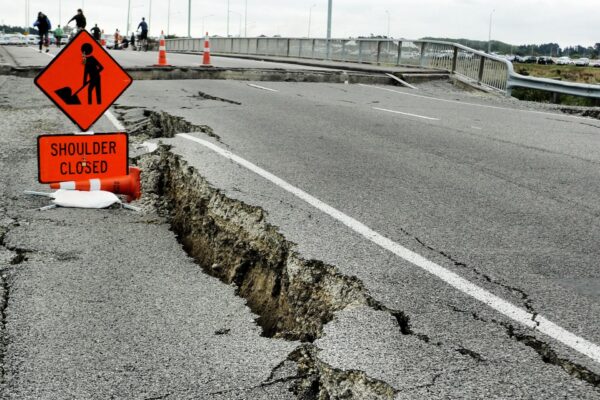2023-10-05 テキサス大学オースチン校(UT Austin)

Damage after an earthquake hit New Zealand in 2011. Researchers are working to forecast earthquakes with AI. Credit: Flickr/Martin Fluff.
◆このAIはリアルタイムの地震データと過去の地震を組み合わせて統計的な変動を検出する訓練を受け、地震を週次で予測しました。この成果はAIによる地震予測の重要な進展であり、地震被害を制限する可能性があると期待されています。研究者は今後、テキサスでのテストを計画し、物理ベースのモデルと統合することでさらなる向上を目指します。
<関連情報>
- https://news.utexas.edu/2023/10/05/ai-driven-earthquake-forecasting-shows-promise-in-trials/
- https://pubs.geoscienceworld.org/ssa/bssa/article-abstract/doi/10.1785/0120230031/627949/Earthquake-Forecasting-Using-Big-Data-and
ビッグデータと人工知能による地震予測: 中国における30週間のリアルタイム・ケース研究 Earthquake Forecasting Using Big Data and Artificial Intelligence: A 30‐Week Real‐Time Case Study in China
Omar M. Saad;Yunfeng Chen;Alexandros Savvaidis;Sergey Fomel;Xiuxuan Jiang;Dino Huang;Yapo Abolé Serge Innocent Oboué;Shanshan Yong;Xin’an Wang;Xing Zhang;Yangkang Chen
Bulletin of the Seismological Society of America First Online::05 Sep 2023
DOI:https://doi.org/10.1785/0120230031
ABSTRACT
Earthquake forecasting is one of the most challenging tasks in the field of seismology that aims to save human life and mitigate catastrophic damages. We have designed a real‐time earthquake forecasting framework to forecast earthquakes and tested it in seismogenic regions in southwestern China. The input data are the features provided by the multicomponent seismic monitoring system acoustic electromagnetic to AI (AETA), in which the data are recorded using two types of sensors per station: electromagnetic (EM) and geo‐acoustic (GA) sensors. The target is to forecast the location and magnitude of the earthquake that may occur next week, given the data of the current week. The proposed method is based on dimension reduction from massive EM and GA data using principal component analysis, which is followed by random‐forest‐based classification. The proposed algorithm is trained using the available data from 2016 to 2020 and evaluated using real‐time data during 2021. As a result, the testing accuracy reaches 70%, whereas the precision, recall, and F1‐score are 63.63%, 93.33%, and 75.66%, respectively. The mean absolute error of the distance and the predicted magnitude using the proposed method compared to the catalog solution are 381 km and 0.49, respectively.



